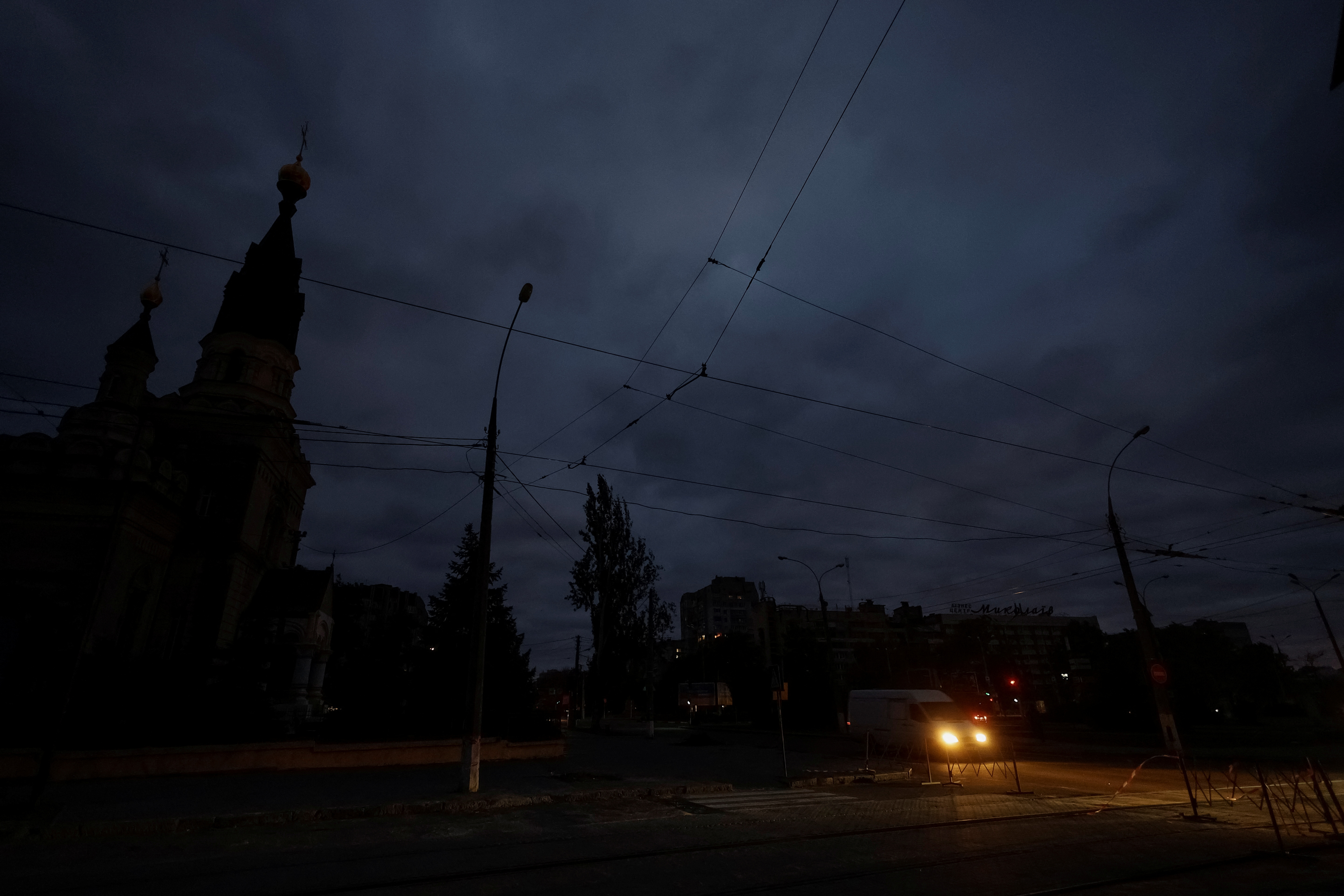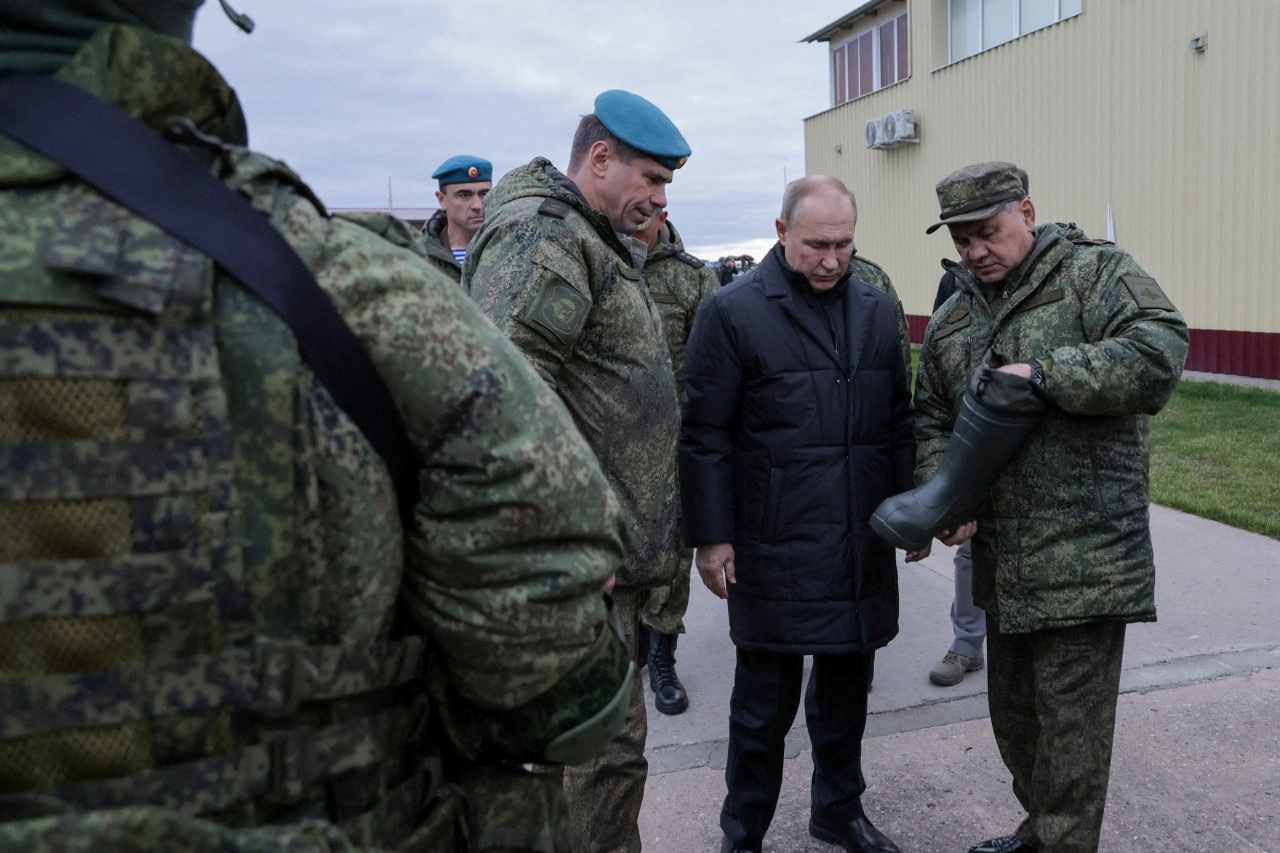Russian War Crimes in Ukraine
"We’re literally training kids how to put on tourniquets because enough people wanted the rest of their family to know how to take care of them in case they were injured, or their kid was the only one left alive in a building.""These people feel like they’re facing an existential threat, and they want something better for their kids — they want their kids to survive.""[Now, though], frostbite, or cold, or malnutrition, or even just GI [gastrointestinal] related illness that goes prolonged and untreated [are becoming more common, likely due to lapses in critical infrastructure,""Before Russia ramped up the attacks on civilian infrastructure], we would see military-aged males, injured in combat with blast and shrapnel injuries. You would occasionally see the civilian population — the usual spread, women, children, and elderly — that may have gotten hit with just a missile, or something that hit a civilian area. Or, if it was a town that was being attacked by the Russians and they were trying to obliterate everything within the town, then it was just a spread of everybody coming in with blast and shrapnel and burn injuries.""I think we’re starting to see a much larger scale of problems from a health standpoint that may not be a direct blast, penetrating injuries, burn injuries — it’s now population-wide in terms of loss of infrastructure problems, so I think that’s the more noticeable impact of what’s been going on lately.""[Many victims now look like] the elderly grandmother who’s sitting in her apartment, just trying to wait out the war [and] suddenly has no power for a week, or suddenly has no clean water."Aaron Epstein, the president of the Global Surgical and Medical Support Group"The subject matter [and] technical expertise leaves [so there’s no one to repair the damaged infrastructure. Ukrainian cities have demonstrated quite a bit of resilience so far, repairing damaged facilities and restoring access to critical services as quickly as possible], but as this goes on it will be interesting to see what continuing toll is going to be on the response.""Critical infrastructure or civilian objects should not be targeted under the law of armed conflict, under IHL [But services and facilities that civilians rely on — like a power station] can be dual-use, they can be used by the military and then they could qualify as a military objective under IHL because by their nature and location, they’re making a contribution to military action.”"[Military actors] should not be trying to degrade critical infrastructure, unless that’s part of your war strategy, [but if that’s the case], you run afoul of the legal principles."Sahr Muhammadally, director for MENA & South Asia at Center for Civilians in Conflict
/cdn.vox-cdn.com/uploads/chorus_image/image/71530638/1244108932.0.jpg) |
 |
| A van moves along a dark street during electricity shortage, amid Russia's attack on Ukraine, in Mykolaiv, Ukraine October 20, 2022. REUTERS/Valentyn Ogirenko |
Bursting the dam could see a wall of water flooding settlements below, toward the city of Kherson. The Dnipro River is several kilometres wide in places. The canal system irrigating much of southern Ukraine that includes Crimea would also be ruined. Further upriver, Ukrainian historians document Soviet sappers having dynamited another huge dam with the retreat of their troops, causing floods that swept away villages and killed thousands of people, during the Second World War.
The potential of such widespread destruction, pointed out President Zelenskyy would have results "exactly the same as the use of weapons of mass destruction". Ukrainian forces are advancing along the river's west bank with the intention of regaining Kherson city and encircling thousands of Russian troops. Russia's newly appointed commander Sergei Srovikin, infamous for his command of the Russian aerial bombardment in Syria, against the regime's opponents, spoke of the situation in Kherson as "already difficult" leading Russia to "not ruling out difficult decisions".
In the area, Ukrainian troops have identified a secton of the front north of Kherson with a noticeable reduction in shellfire from Ruissian positions, about four kilometres away. Speculation among them is that the droppoff in shooting and absence of armour indicate a shortage of ammunition and equipment for Russia. "They've been shooting less starting about three weks ago. And their drones are less active", pointed out Myhailo, a soldier deployed in the area.
Vladimir
Putin began a campaign of attacks with the use of cruise missiles and
Iranian drones earlier in the month to destroy Ukraine's power supply
before the onset of winter. Ukraine's energy infrastructure has also
come under fire, but Moscow will not admit to its targeting of
civilians; the aim, they claim of the "special military operation" is to
degrade Ukraine's military. Calls countrywide to reduce electricity
consumption alerted Ukrainians to straitened conditions ahead.
 |
| Russian President Vladimir Putin visits a training centre of the Western Military District for mobilised reservists along with Defence Minister Sergei Shoigu and Deputy Commander of the Airborne Troops Anatoly Kontsevoy, in Ryazan Region, Russia October 20, 2022. Russian Defence Ministry/Handout via REUTERS |
Labels: Aerial Bombardment, Russian Invasion of Ukraine, Targeting Civilian Infrastructure, Ukrainian Military Counteroffensive, War Crimes

<< Home